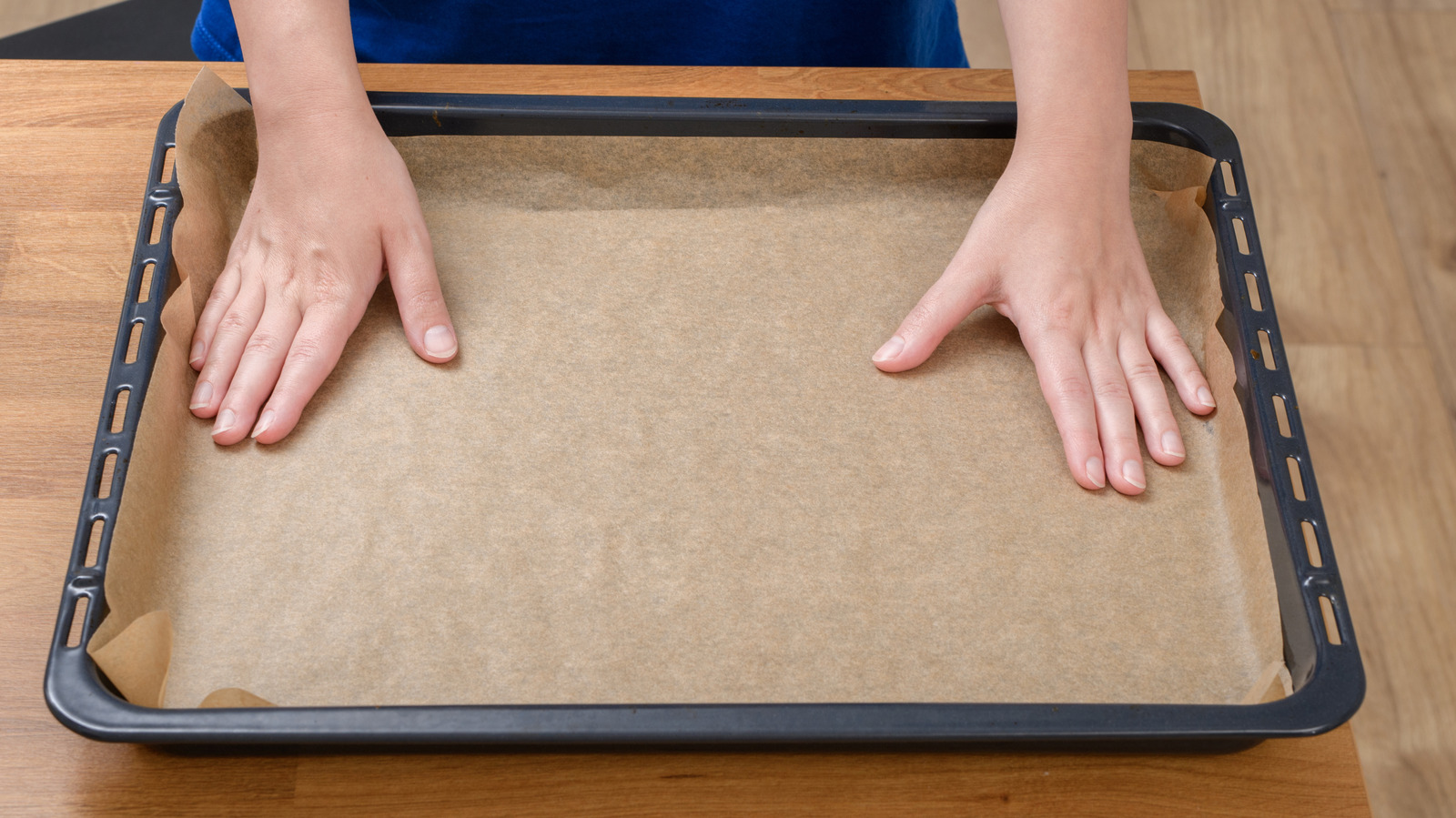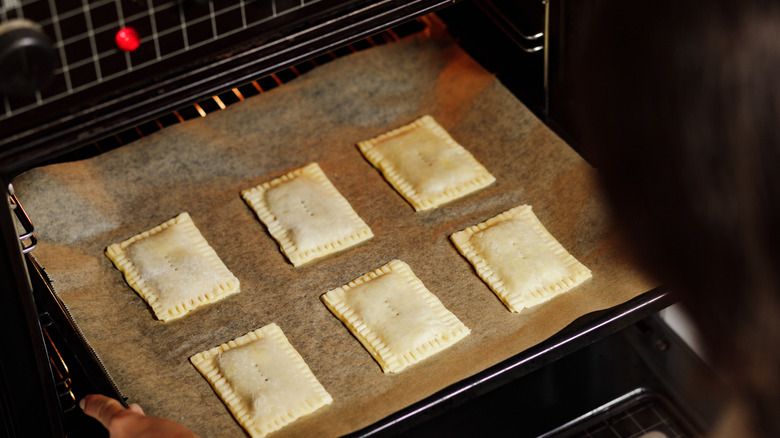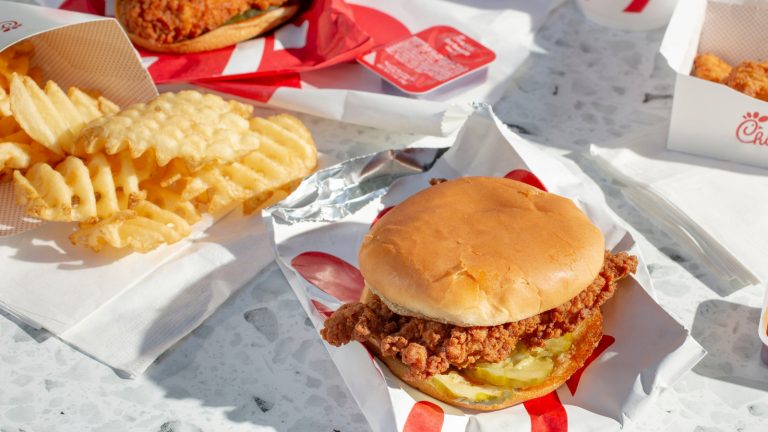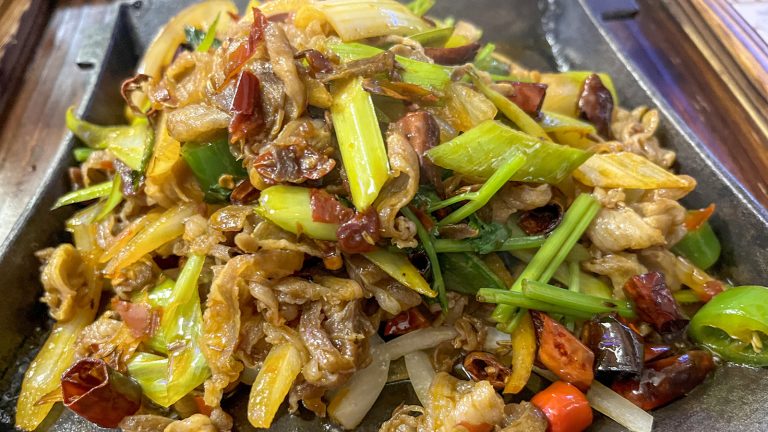We may receive a commission on purchases made from links.
You pull your sheet pan out of the oven, ready to roast some delicious gnocchi or make a yummy chicken sheet pan dinner, and suddenly, you hear a clang. It bends and twists with a loud pop like it’s trying to break free from your oven rack. Yes, your sheet pan just warped. But why does that happen, and more importantly, how do you stop it?
First, here’s the science. Sheet pans warp because of heat. When metal heats up quickly, it expands. But if the heat isn’t spread out evenly (say one part of the pan is hotter than another), that metal expands at different rates. That uneven expansion causes the pan to flex or pop. Thinner, cheaper pans are especially guilty of this because they can’t handle changes in temperature very well. Another big factor is empty space. When you roast a small amount of food on a big sheet pan, parts of the pan are left bare. Those spots get hotter than the areas under your food, so they expand more, which causes the pan to warp.
Now, if your pan has already succumbed to warping, don’t stress over it too much. Mild warping isn’t the end of the world. Once it cools, most pans will flatten back out naturally. However, if your pan is warped permanently and rocks when you try to use it, you might want to save it for messy jobs like catching drips in the oven, and not for baking.
Easy fixes for a warped sheet pan
The easiest fix to keep your pan from warping in the oven is to use a heavier-duty sheet pan. Thicker metal pans (like those made with aluminum and reinforced rims) handle heat better and are less likely to twist out of shape. Look for brands labeled as “commercial-grade” or “heavy-duty” if you’re shopping for a new one, like this USA Pan non-stick steel pan. That way, you’re getting a sturdier pan that can withstand some serious heat.
However, if you’re on a tight budget and you’re working with what you’ve got, try using a smaller pan when you’re not cooking much food. For example, if you’re only roasting a handful of carrots or toasting nuts, use a quarter sheet pan instead of a half sheet. Less empty space means more even heat, and that helps the whole pan stay stable. Another bonus tip is to preheat carefully. Don’t preheat your sheet pan unless a recipe specifically tells you to. Throwing cold food or water onto a blazing hot surface can cause the metal to warp more easily.
Think of it this way: room temp pan and room temp food gives you better results. At the end of the day, warping is normal, but it’s not totally unavoidable, so you can take a breather before you rush to replace your sheet pan. A few small tweaks, like choosing the right size pan or upgrading your bakeware, can help your sheet pans last longer and cook more evenly.






